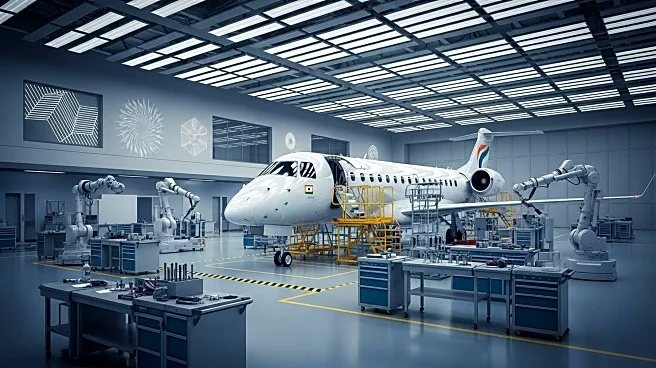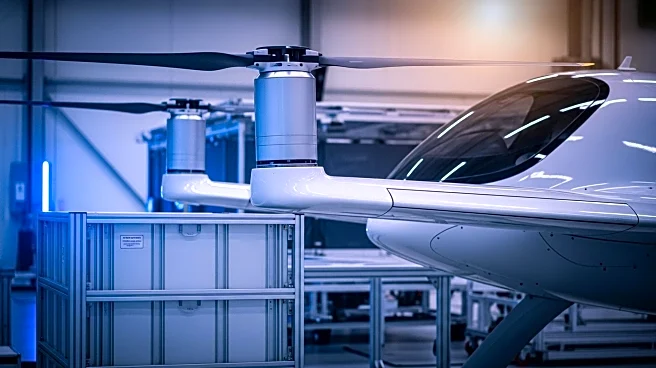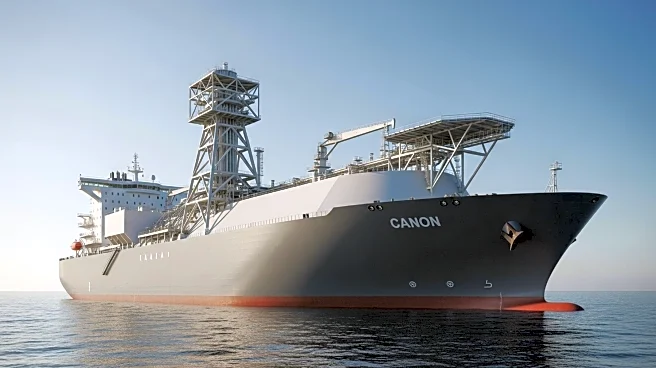What's Happening?
The Asia-Pacific airline industry has reached pre-pandemic flight levels as of early 2025, according to recent data. However, the recovery varies significantly across different aircraft types. Regional aircraft, particularly turboprops, have seen a robust rebound, operating more flights per month since late 2022, with utilization rates approximately one-third higher than in 2019. This trend underscores the critical role of regional aircraft in connecting remote areas within the Asia-Pacific region. In contrast, narrowbody and widebody aircraft have not fully recovered, with utilization rates still below 2019 levels. Narrowbody aircraft are operating at about 5% below pre-pandemic levels, while widebody aircraft are nearly 10% below. The disparity in recovery rates highlights ongoing challenges in the broader aviation sector.
Why It's Important?
The uneven recovery across fleet types in the Asia-Pacific region has significant implications for the global aviation industry. The strong performance of regional aircraft suggests a shift in travel patterns, with increased demand for connectivity to remote areas. This could influence airline strategies, leading to more investments in regional fleets and infrastructure. Conversely, the slower recovery of narrowbody and widebody aircraft may impact international travel and cargo operations, affecting airlines' revenue streams and operational planning. The data provides insights into how airlines might adjust their fleet compositions and route networks to adapt to changing market demands.
What's Next?
As the Asia-Pacific region continues to recover, airlines may focus on optimizing their fleet utilization and expanding regional connectivity. The upcoming MRO Asia-Pacific event in Singapore could serve as a platform for industry stakeholders to discuss strategies for addressing the challenges faced by narrowbody and widebody aircraft. Airlines might explore partnerships and technological innovations to enhance efficiency and reduce operational costs. Additionally, ongoing monitoring of fleet utilization trends will be crucial for adapting to evolving passenger and cargo demands.
Beyond the Headlines
The recovery patterns in the Asia-Pacific aviation sector may have broader implications for global travel and trade. The increased reliance on regional aircraft could lead to shifts in tourism and business travel dynamics, potentially influencing economic activities in remote areas. Furthermore, the slower recovery of larger aircraft might prompt discussions on sustainability and environmental impact, as airlines seek to balance operational efficiency with ecological considerations.












